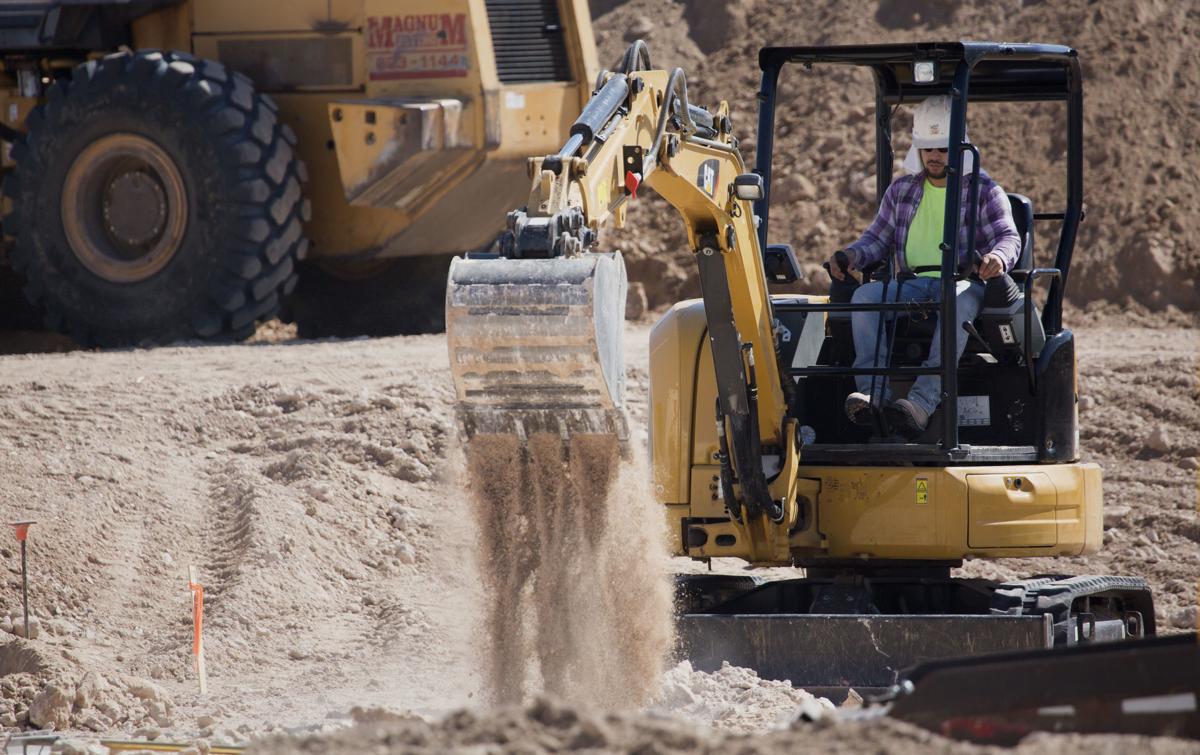Arizona’s seasonally adjusted unemployment rate barely budged last month as the number of jobs available pretty much matched the number of people entering the workforce.
The 4.9% figure announced Thursday is down a tenth of a point from August but up that same amount from a year ago.
At the height of the recession, Arizona’s unemployment rate hit 11%. It then dropped more or less steadily — until about two years ago.
Arizona’s “new normal” has been floating in the same range since then, even as the federal jobless rate last month slid to 3.5%, the lowest since December 1969.
It’s not that Arizona isn’t creating jobs. The latest numbers show the number of people working last month was 16,883 over the prior month, and 85,887 more than a year ago.
But those numbers are pretty much mirrored by the increase in number of people in the labor force, meaning they are working or actively looking. So the overall jobless rate — a figure determined by the number of active job seekers compared with the total labor force — does not change.
The state’s construction industry continues to lead growth, adding another 1,800 jobs in September and bringing employment levels up by 16,800 since the same time last year. That is a 10.4% year-over-year increase.
About the closest in terms of adding workers is the state’s health care industry, which hired an additional 12,700 in the last 12 months. But that marks an increase of just 4% in that sector of the economy, which was unaffected by the Great Recession.
Manufacturing shed about 400 jobs in September — not unusual for this time of year, but employment still remains 8,900 higher than a year ago.
At the other extreme, the retail trade remains weak, with a year-over-year loss of 2,200 jobs. And the real loser within that sector of the economy are clothing and accessories stores, losing another 800 jobs in just the past month amid continued strong competition from online retailers.
On another front, average hourly earnings of Arizonans employed by private industry are up 4.4% from the same time last year, compared with a 2.9% boost for the country as a whole.
Much of that is driven by a 9.6% increase in wages paid by bars, restaurants and hotels, fueled in large part by the voter-mandated increase this past January in the minimum wage from $10.50 an hour to the current $11. That initiative will drive the minimum up to $12 automatically at the end of this year.
Overall, though, Arizonans on average earn less than the national average at $26.88 an hour versus $28.24 nationally.





